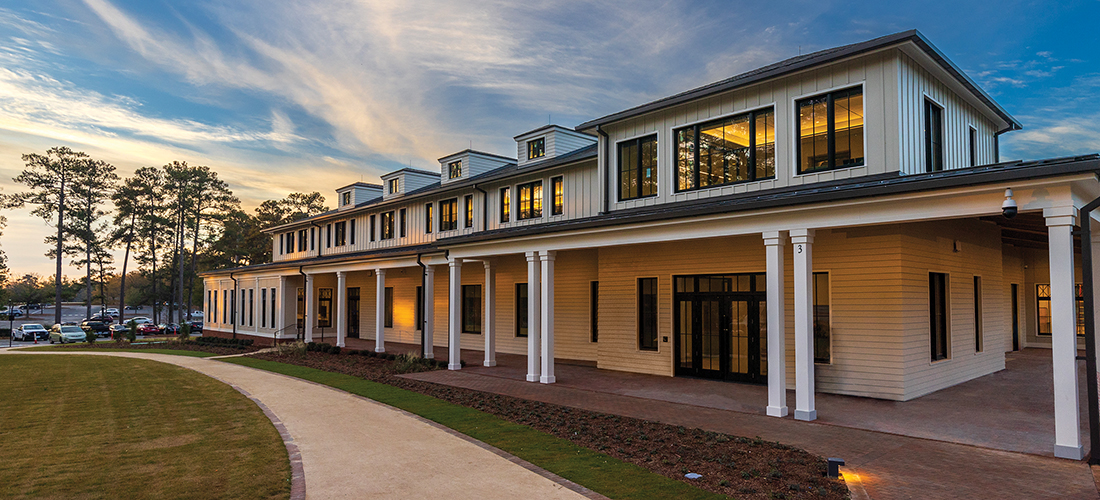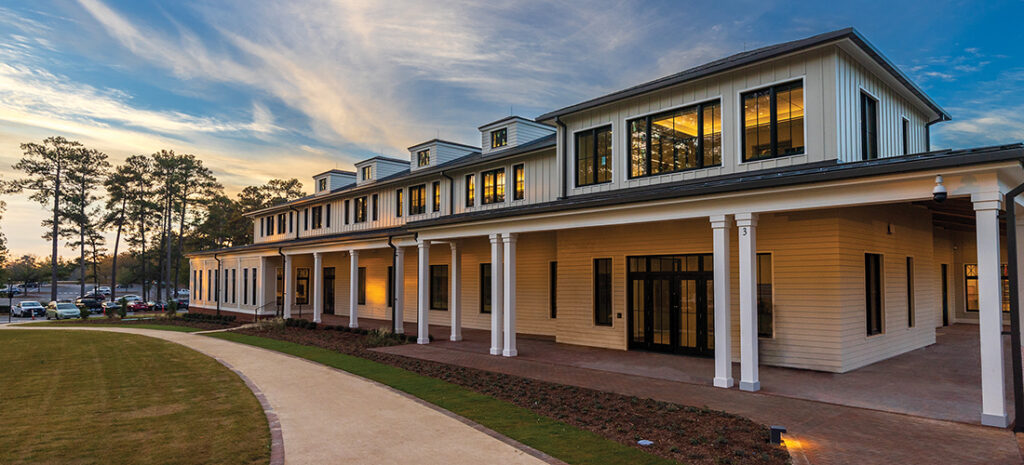Feature Image: USGA Golf House Pinehurst (Copyright USGA/Chris Keane)
Golden Age, Take III
Pinehurst adds to its allure
By Lee Pace
Some old-timers believe the “golden age” of Pinehurst ran from Donald Ross’ final arrival at his routing for the No. 2 course in 1935, through Ben Hogan’s watershed win in the North & South Open in 1940, the Americans’ easy win in the 1951 Ryder Cup, and up to the end of the ownership era of the Tufts family in 1970.
A strong argument can made that the quarter-century from the PGA Tour’s return to Pinehurst in 1991, Payne Stewart’s brushstroke in 1999, three Women’s Opens at Pine Needles and the Coore & Crenshaw-led renaissance of No. 2 in 2010-11 comprised a golden age of its own.
And how about the last decade? A trifecta of those golden ages, for sure.
Competitors, officials, writers and spectators who visited for the 2014 U.S. Open and will return this June will surely be stunned at the explosion in innovation in the Sandhills golf and hospitality worlds. Here are 10 of the big stories of the decade.
USGA’s Golf House Pinehurst — Renowned amateur Billy Joe Patton organized a petition in the early 1960s for the USGA to bring the U.S. Amateur to Pinehurst No. 2 (which did happen in 1962). Thus fell the first domino in more than a dozen USGA competitions at the resort and in the Sandhills. So it’s no wonder that Mike Davis, the USGA CEO from 2010-21, should say in 2020, “There is no better place for the USGA to plant new roots than the Home of American Golf.” Construction on Golf House Pinehurst, the USGA’s 30,000-square-foot research and test center, began in the summer of 2022 on a 6-acre site just to the west of the Pinehurst clubhouse, and more than 65 USGA staffers were working in the building by the end of 2023.
World Golf Hall of Fame — There was Cooperstown for baseball, Canton for football and Springfield for basketball. But there was no hall of fame for golf. Pinehurst officials in the early 1970s attempted to rectify that with the construction of the World Golf Hall of Fame, which opened in 1973 on land near course No. 2 with an induction ceremony that included Ben Hogan, Jack Nicklaus and Arnold Palmer. The concept didn’t survive in Pinehurst at the time and the shrine moved to Florida, but the USGA announced in 2022 it had purchased the Hall of Fame and its assets and would integrate them into its new Golf House Pinehurst. The new facility will open later this spring.
Pinehurst No. 4 — Pinehurst owner Robert Dedman Jr. and club officials believed after the bold restoration of course No. 2 by Bill Coore and Ben Crenshaw in 2010-11 that the adjacent No. 4 course should undergo a similar conversion geared toward more fidelity toward Pinehurst’s past in terms of visuals, playability and maintenance. They hired architect Gil Hanse and design partner Jim Wagner for the job, the course closing in October 2017 and reopening 11 months later. The result was a course that morphed from its svelte Augusta persona into an unkempt Scottish presentation — spot on with what Donald Ross might have conceived in 1919, when the course first opened.
The Cradle — Alternative golf. Small golf. Hit-and-giggle golf. The 21st century has seen a groundswell of niches geared toward enjoying golf without the time sink or skill level required for an 18-hole round. While building No. 4 in 2017, Hanse and Wagner took 10 acres of ground to the south of the clubhouse and crafted a nine-hole course with holes ranging from 56 to 127 yards long. The course is so named as it’s positioned on ground where in 1898 some of the first crude holes were routed in what was to become known as the “Cradle of American Golf.”
Southern Pines Golf Club — Kyle Franz was a self-professed “golf architecture geek” when he came to Pinehurst in 2010 to work on the Coore & Crenshaw team on the No. 2 restoration. In his spare time, he scouted the area for other classic venues that might benefit from less grass and chemicals and more sandy and wispy wire grass. He cracked a grand slam with his work on Mid Pines (1921 Donald Ross course, renovated in 2013) and more recently with his reawakening of Southern Pines Golf Club (1912 Ross, renovated in 2022). “When in the Pinehurst area, head straight for this beauty — you will leave more invigorated than when you arrived,” says Ran Morrissett, also a local architecture buff.
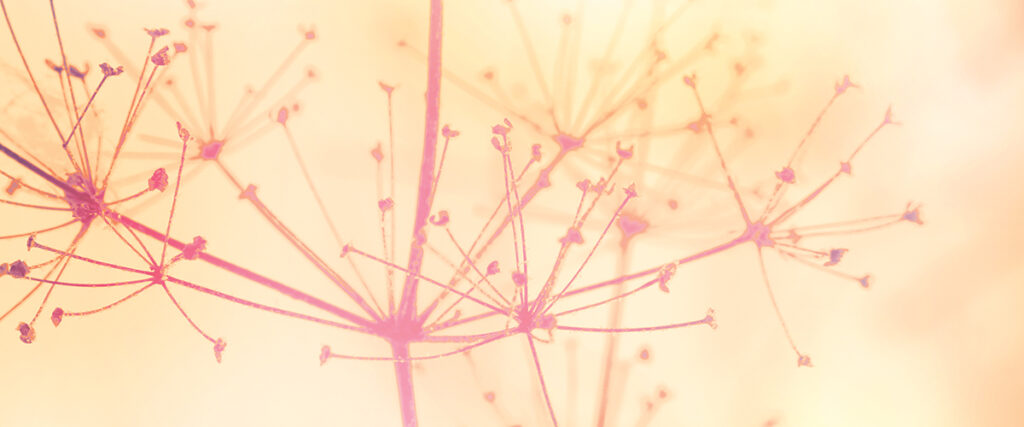

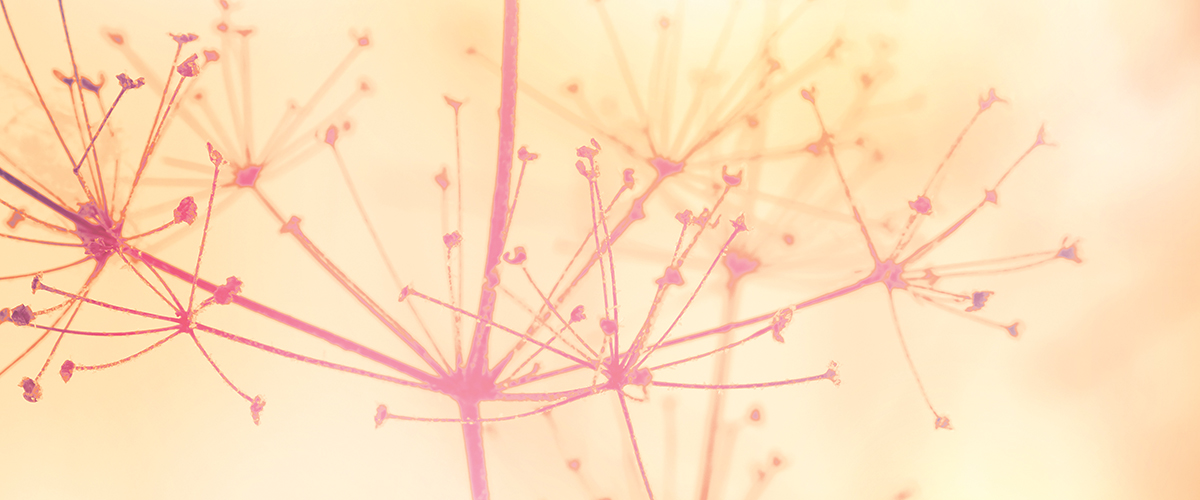
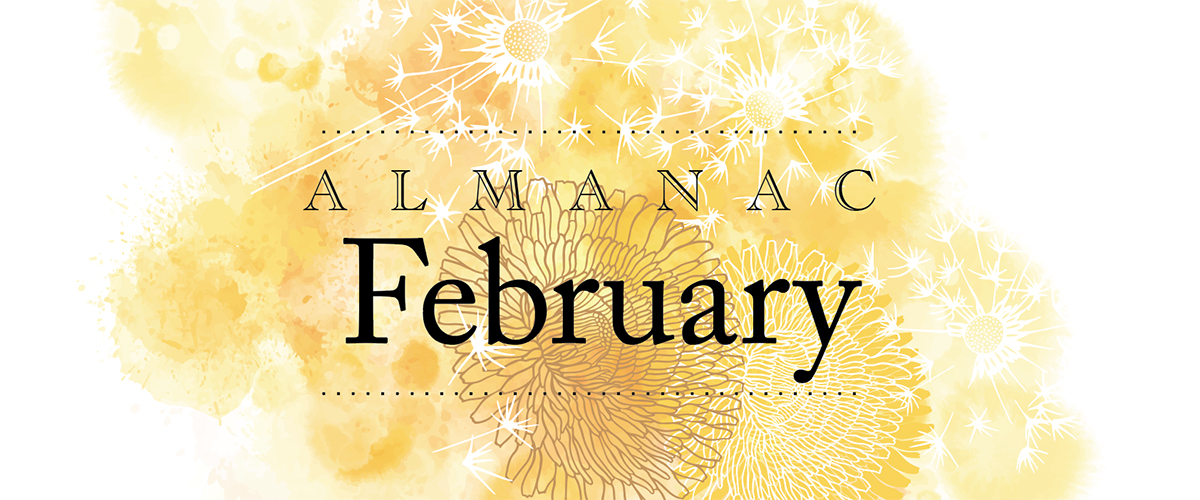
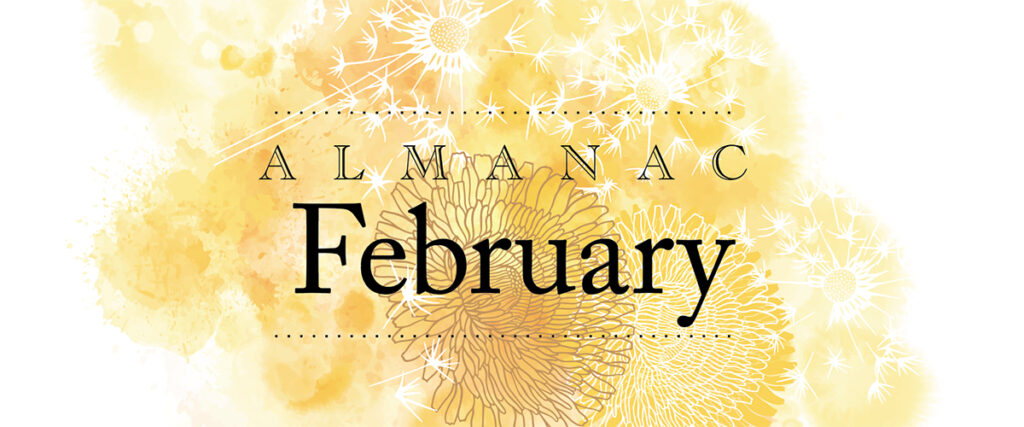
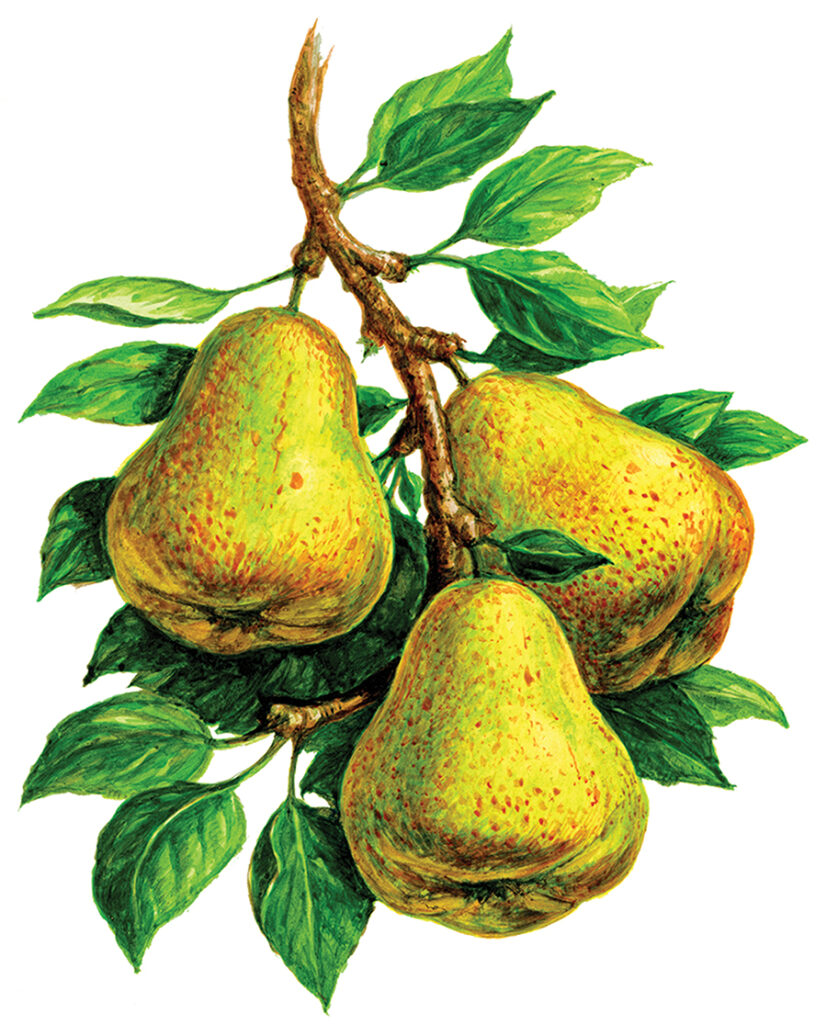
 Year of the Dragon
Year of the Dragon 